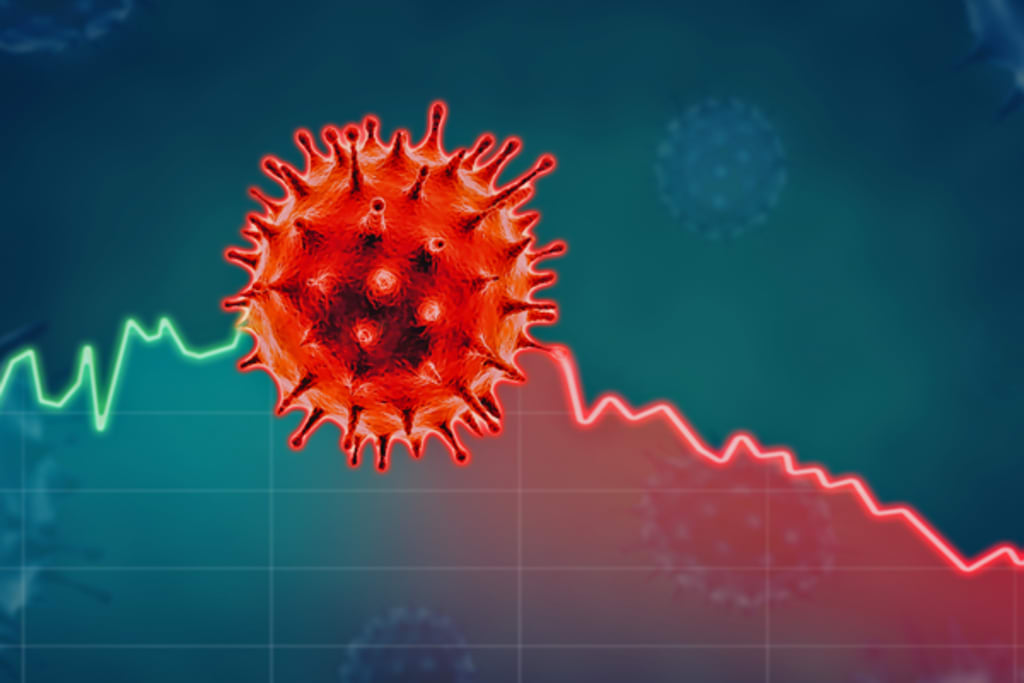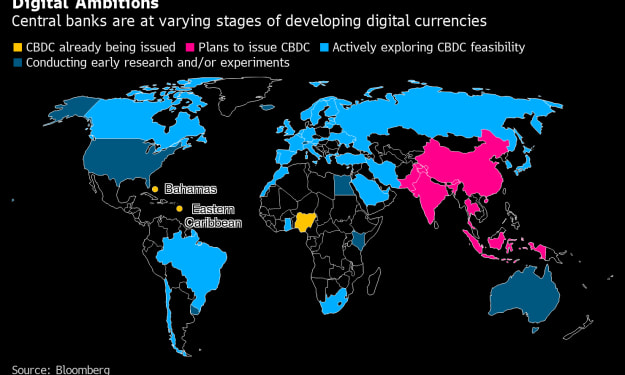
The COVID-19 pandemic, caused by the novel coronavirus SARS-CoV-2, has had a profound impact on the world since its emergence in late 2019. It has affected nearly every aspect of life, from public health and the global economy to education, travel, and social interactions. The following information provides an overview of the COVID-19 pandemic and its effects up until my knowledge cutoff in September 2021.
Spread and Impact:
COVID-19 quickly spread across continents, reaching pandemic proportions by March 2020. The virus primarily spreads through respiratory droplets when an infected person coughs, sneezes, talks, or breathes heavily. Its high transmission rate led to widespread infections, with millions of confirmed cases and deaths reported worldwide.
Public Health Response:
To mitigate the spread of the virus, public health measures were implemented globally. These included the promotion of personal hygiene practices such as handwashing, wearing masks, and practicing social distancing. Governments enforced various restrictions, including lockdowns, travel bans, and the closure of non-essential businesses and schools. Testing and contact tracing became essential tools in identifying and isolating infected individuals.
Healthcare Systems:
The influx of COVID-19 patients placed immense strain on healthcare systems worldwide. Hospitals faced shortages of medical supplies, including personal protective equipment (PPE) for healthcare workers. Many countries experienced overwhelmed healthcare facilities and the need for makeshift hospitals to accommodate the surge in patients. Healthcare workers demonstrated extraordinary dedication and resilience while combating the virus on the front lines.
Economic Impact:
The pandemic caused a global economic downturn, with businesses shutting down, unemployment rates soaring, and stock markets experiencing significant fluctuations. Industries such as travel, hospitality, and entertainment were particularly hard-hit, while remote work and e-commerce saw a surge. Governments implemented fiscal stimulus packages and financial assistance programs to alleviate the economic hardships faced by individuals and businesses.
Educational Disruption:
School closures disrupted education systems worldwide. Educational institutions quickly transitioned to remote learning, relying on digital platforms and online teaching methods. However, the shift highlighted disparities in access to technology and internet connectivity, exacerbating existing educational inequalities.
Vaccine Development:
Efforts to develop COVID-19 vaccines moved at an unprecedented pace. Multiple vaccines were developed and authorized for emergency use within a year of the pandemic's onset. Vaccination campaigns were launched globally to immunize populations and curb the spread of the virus. However, vaccine distribution inequities and vaccine hesitancy presented challenges to achieving widespread vaccination coverage.
Global Cooperation:
The pandemic underscored the importance of international cooperation in addressing global health crises. Scientific collaboration, sharing of data, and coordination among governments, health organizations, and research institutions played a crucial role in understanding the virus, developing treatments, and deploying vaccination campaigns.
Ongoing Challenges:
As of September 2021, the COVID-19 pandemic continues to pose challenges worldwide. New variants of the virus have emerged, raising concerns about their transmissibility and vaccine effectiveness. Vaccination efforts are ongoing, and public health measures remain in place to mitigate the impact of the virus. The long-term consequences of the pandemic on mental health, economies, and healthcare systems are yet to be fully understood.
It's important to note that the situation regarding the COVID-19 pandemic is ever-evolving, and the information provided here may not reflect the current state of affairs. For the most up-to-date information, it is advisable to refer to reputable sources such as the World Health Organization (WHO) and local health authorities.
The COVID-19 pandemic has left an indelible mark on the world, affecting nearly every aspect of life. It has challenged healthcare systems, economies, education systems, and social interactions on a global scale. The pandemic highlighted the importance of public health measures, healthcare resilience, scientific collaboration, and global cooperation in addressing a rapidly evolving crisis.
Healthcare workers emerged as heroes, risking their lives to care for the sick and provide essential services. Scientists and researchers raced against time to develop vaccines and treatments, achieving remarkable milestones in record time. Communities came together to support each other, demonstrating resilience, adaptability, and compassion in the face of adversity.
The pandemic has also exposed and exacerbated existing inequalities, with vulnerable populations bearing a disproportionate burden. It has tested the strength of economies, disrupted global supply chains, and led to widespread job losses and financial instability. Education systems faced unprecedented challenges, requiring innovative approaches to ensure continued learning.
While the development and deployment of vaccines offered hope, the pandemic continues to present ongoing challenges. New variants of the virus, vaccine distribution inequities, and the long-term consequences of the pandemic are areas that require continued attention and concerted efforts.
Through it all, the COVID-19 pandemic has demonstrated the interconnectedness of our world and the need for collective action. It has revealed both the vulnerabilities and the strengths of societies. Lessons learned from this experience can guide future preparedness and response efforts, with a focus on building more resilient healthcare systems, addressing inequalities, enhancing scientific collaboration, and fostering a sense of global solidarity.
As we move forward, it is crucial to remain vigilant, rely on accurate information from reputable sources, and continue practicing preventive measures to protect ourselves and our communities. The path to recovery will require ongoing dedication, innovation, and a commitment to creating a more inclusive and sustainable future.
Note: Please keep in mind that my knowledge cutoff is in September 2021, and developments regarding the pandemic may have occurred since then. It is advisable to refer to current information from reliable sources for the most up-to-date understanding of the COVID-19 pandemic.





Comments
There are no comments for this story
Be the first to respond and start the conversation.